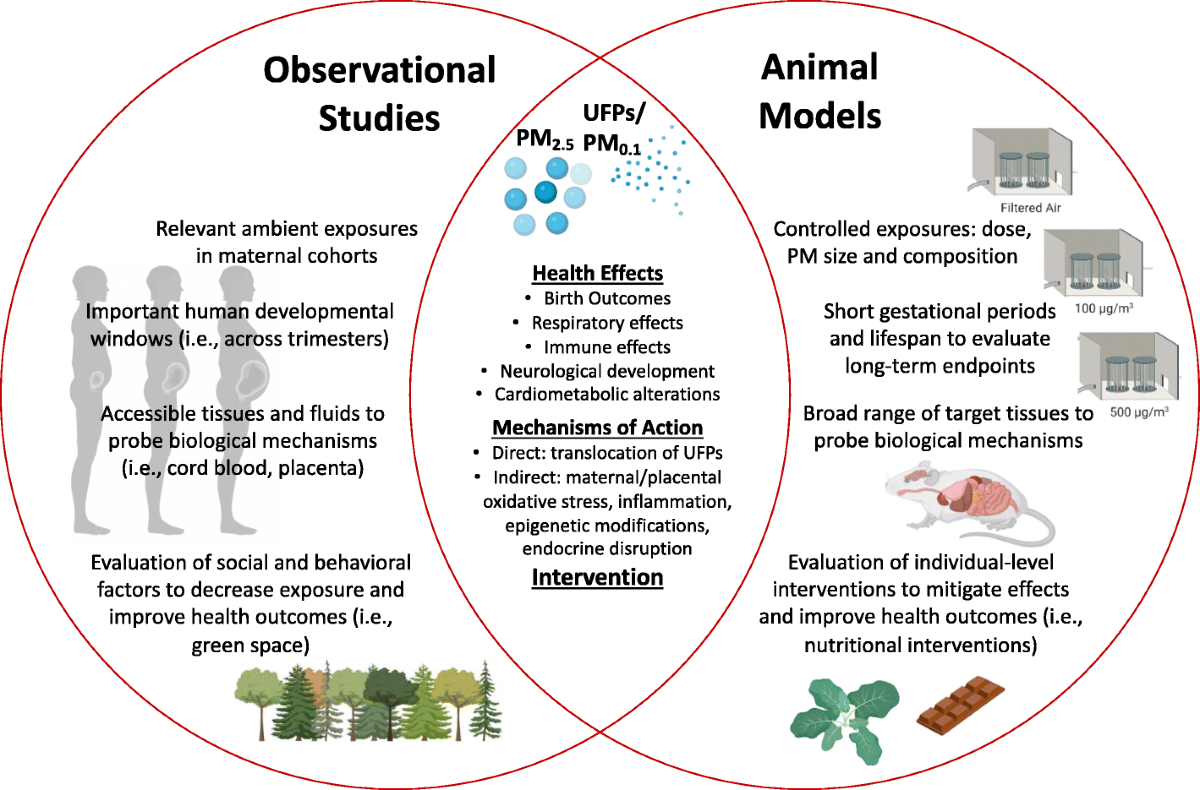The Prevalence and Trends of Vaccine-Preventable Diseases in Pediatric Populations: Challenges, Obstacles, and Immunization Strategies
Keywords:
Pediatric Environmental Health, Air Pollution, Heavy Metals, Neurodevelopmental Disorders, Asthma, Endocrine Disruptors, Environmental Policy, Child Health ProtectionAbstract
Author verified
Abstract:
Environmental exposures play a crucial role in shaping pediatric health outcomes, with increasing evidence linking air pollutants, heavy metals, pesticides, and endocrine-disrupting chemicals to adverse health effects in children. This study investigates the impact of various environmental contaminants on pediatric health, analyzing respiratory conditions, neurodevelopmental disorders, and metabolic alterations while emphasizing preventive measures and policy development.
A multi-center cohort study was conducted in four Eastern European and Asian countries (China, India, Poland, and Kazakhstan), including 3,200 children aged 0–18 years. The study analyzed exposure to air pollution (PM2.5 and NO2 levels), heavy metals (lead, mercury, cadmium), and endocrine disruptors (bisphenol A, phthalates). Health outcomes were assessed through spirometry tests for respiratory function, neurodevelopmental assessments (IQ and attention span tests), and metabolic biomarkers (insulin resistance, obesity markers).
Results:
- Respiratory Effects:
- Children exposed to high levels of PM2.5 (>35 µg/m³) had a 47% higher risk of developing asthma compared to those in lower-exposure areas (p < 0.001).
- NO2 exposure (>40 ppb) correlated with a 28% decline in lung function (FEV1%) compared to children in cleaner environments.
- Neurodevelopmental Impact:
- Blood lead levels above 5 µg/dL were associated with a 6.3-point decrease in IQ scores (p = 0.002).
- Exposure to phthalates was linked to higher rates of ADHD symptoms (32.7% vs. 14.8%) in exposed vs. non-exposed groups.
- Metabolic Disorders:
- Children with bisphenol A (BPA) levels in the highest quartile (>4.5 ng/mL) exhibited a 35% increase in insulin resistance compared to those in the lowest quartile.
- Higher cadmium levels correlated with an 18% increased risk of childhood obesity (p = 0.005).
This study provides robust evidence that environmental exposures significantly contribute to pediatric health issues, including respiratory diseases, cognitive impairment, and metabolic disorders. The findings emphasize the urgent need for stricter environmental policies to reduce exposure to harmful pollutants. Preventive strategies such as air quality regulations, reduction of heavy metal exposure, and banning endocrine-disrupting chemicals in consumer products are essential to protect children’s health. Further longitudinal studies are recommended to explore long-term health outcomes of early-life exposure to environmental pollutants.





